The only Republican U.S. House seat from New Mexico’s congressional delegation is on the line in the November midterm elections after a Democrat-led redistricting changed the district from one that Trump won by 12 points to one that Biden won by 6 points.
New Mexico’s Second Congressional District, held by Rep. Yvette Herrell (R-N.M.) since 2020, is now rated as a toss-up by the University of Virginia Center for Politics, the Cook Political Report, and Inside Elections.
Incumbent Republican Congresswoman Yvette Herrell, who represents New Mexico’s Second District, is running for reelection in November. She has no primary challenger.
After serving four terms in the New Mexico House of Representatives, Herrell, a native American, ran unsuccessfully for Congress in 2018. She won the seat in 2020.
Seeking the Democratic nomination for the right to challenge Herrell in November is Dr. Darshan Patel, 35, of Hobbs.
Patel is a rural physician and president of a union representing 20,000 resident physicians. Patel, who has the endorsement of the Service Employees International Union, is a strong advocate for a living wage for all workers.
Though vying to represent a sprawling congressional district rich in oil and natural gas, Patel is an unabashed supporter of transitioning the state of New Mexico away from fossil fuels.
Running against Patel for the Democrat nomination is former Las Cruces city council member Gabriel Vasquez.
Vasquez, a progressive and environmental activist, is endorsed by dozens of establishment Democrat party leaders and elected officials across the state.
New Mexico Turns Blue
The once purple state of New Mexico has gone deep blue and the state’s Democratic Party is working to keep it that way.Registered Democrats now outnumber registered Republicans by nearly 200,000, creating an almost insurmountable challenge for Republican candidates going into the 2022 election cycle.
Beginning with Barrack Obama’s victory in 2008, the Democratic Party’s nominee for president has won the state four times in a row.
It wasn’t always so.
In 1992, Bill Clinton was the first Democrat presidential candidate to win New Mexico since Lyndon Johnson in 1964, breaking a 28-year Republican winning streak.
Al Gore won the state by 366 votes in 2000 and then in 2004 New Mexico voted to reelect the incumbent Republican President George W. Bush, the last time a GOP nominee won the state.
Today, New Mexico’s United States senators are both Democrats, as are two of the state’s three congressional representatives.
Neither senator is up for reelection this year.
The Democrats have held the majority in the state house of representatives for an unbroken streak of 30 years and the majority in the state senate all but twice during that time.
Democrats currently control by comfortable majorities both houses of the legislature, the state house of representatives 47 to 23 and the state senate 26-16
All five of New Mexico’s Supreme Court justices are Democrats.
The offices of New Mexico secretary of state, attorney general, state treasurer, state auditor, and commissioner of public lands are all occupied by Democrats.
Only in the battles for the governorship have the Republicans managed to win about half the time over the last 30 years.
Incumbent Democrat Governor Michelle Grisham, who was elected to her first four-year term in 2018, may face a stiff challenge in November from Republican front-runner Mark Ronchetti.
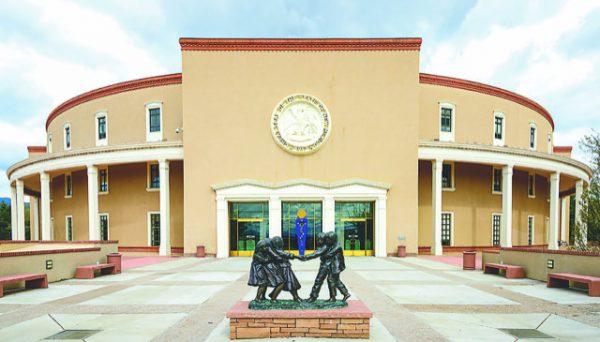
Just a week away from the June 7 primary, Ronchetti, a former TV meteorologist and unsuccessful candidate for the U.S. Senate in 2020, holds a commanding lead over three-term State Representative Rebecca Dow.
According to a poll published in the Albuquerque Journal, Ronchettti comes in at 45 percent to Dow’s 17 percent, with three other candidates each polling in single digits and 21 percent undecided.
The poll was based on a live statewide survey of 560 registered Republicans who voted in the 2018 and 2020 primary elections, and stated they are likely to vote in the June 7 primary.
The survey was conducted from May 15-19.
Over the years, New Mexico Democrats have effectively used their legislative muscle to help perpetuate their advantage.
The Democrat legislature recently passed a redistricting plan, which was signed by Grisham, that changed Herrell’s district from one that Trump won by 12 points to one that Biden won by 6 points.
In early 2022 Grisham signed legislation raising teachers’ salaries, a move seen by Republicans as an attempt to shore up support for Democrats from the politically powerful teachers’ unions.
Earlier, Grisham signed into law Election Day voter registration, as well as automatic registration for every eligible person who has dealings with the Division of Motor Vehicles.
Under the automatic registration law, a person must affirmatively opt-out or be automatically registered to vote.
A law was also passed allowing 17-year-olds in New Mexico to vote in the upcoming June 7 primary election if they will turn 18 (the legal voting age), by the date of the November general election.
Historically, the New Mexico primary election has been a closed primary, meaning only voters who have previously stated their party affiliation are eligible to vote, and then only within their declared party’s primary.
Recent rule changes have liberalized the process, now allowing voters who have declared themselves members of parties other than the three ballot-qualified parties, Republican, Democrat, and Libertarian, to vote in the party of their choice.
The new process also allows “DST” voters (those who have declined to state a party affiliation) to declare one and vote that day in the partisan primary they choose.
Absentee voting began on May 10.
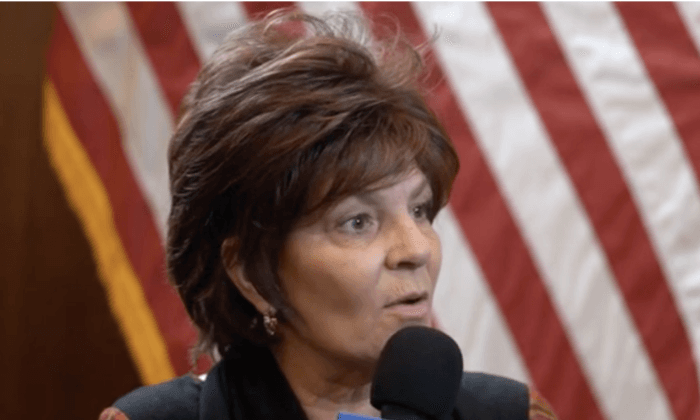


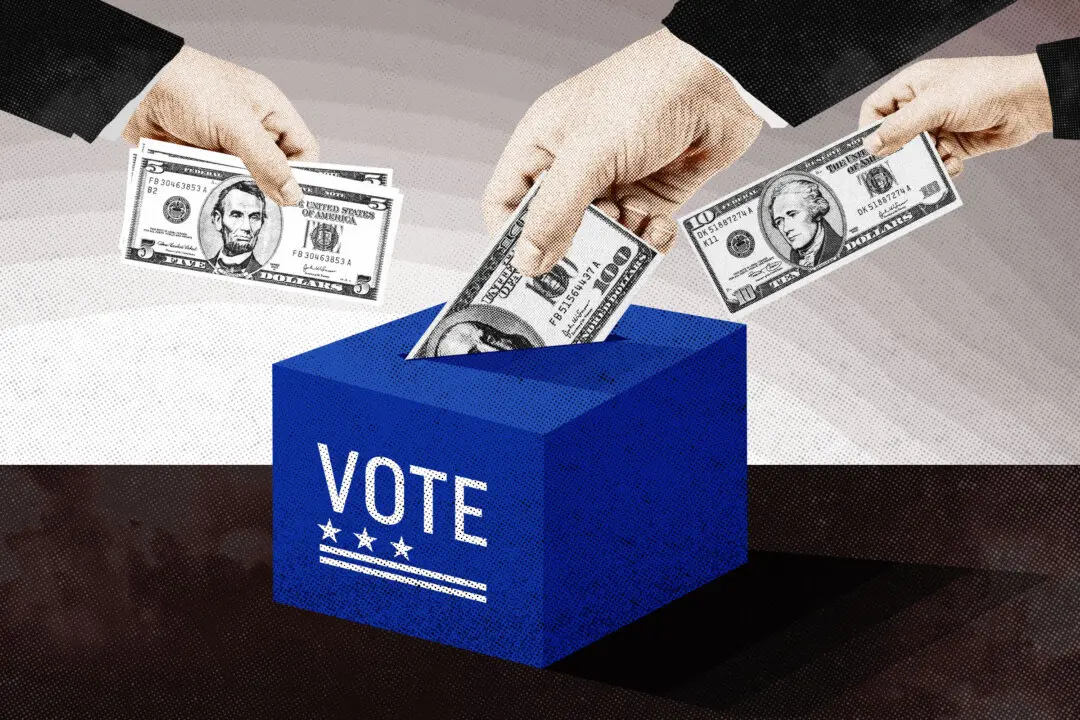
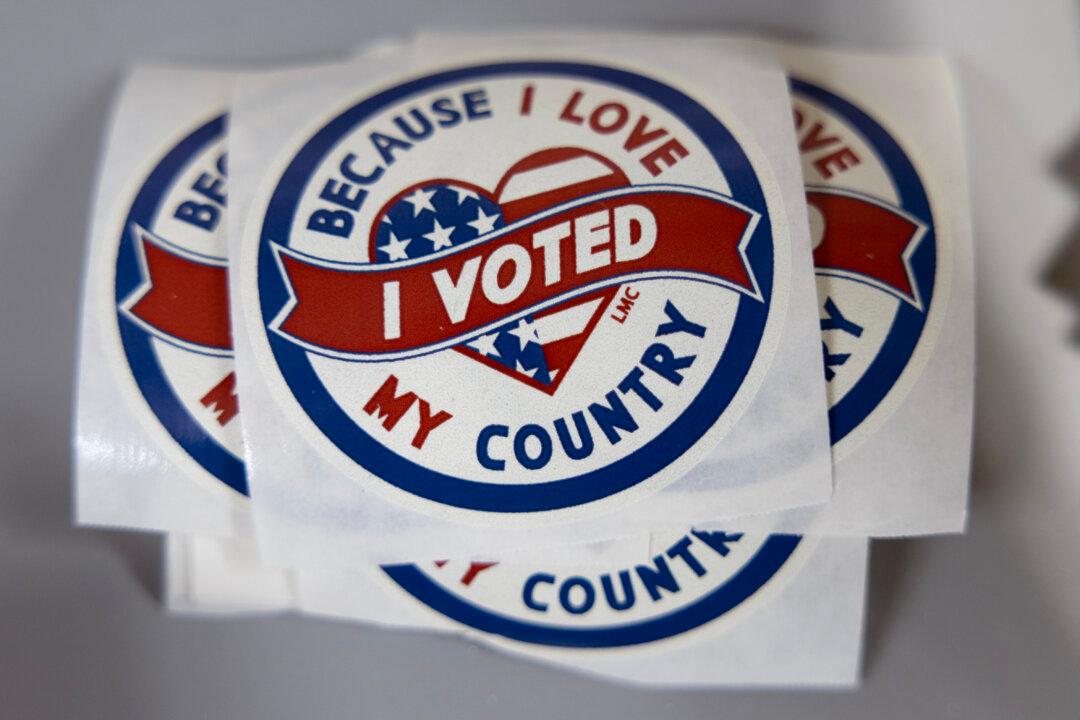
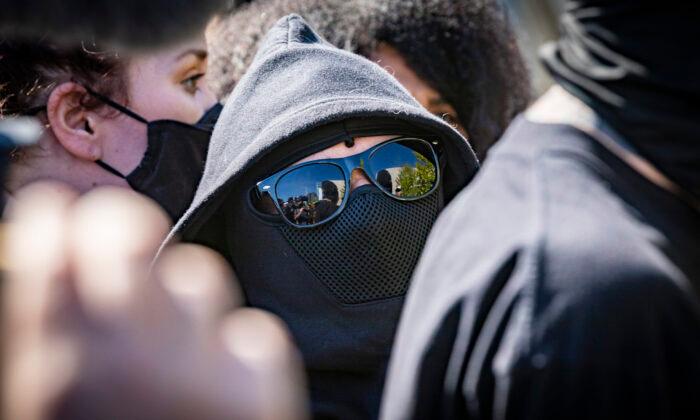
Friends Read Free